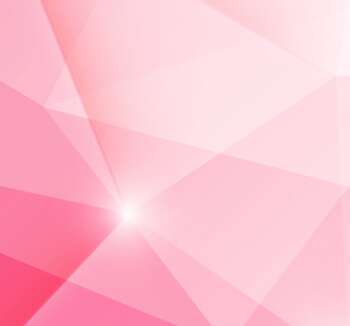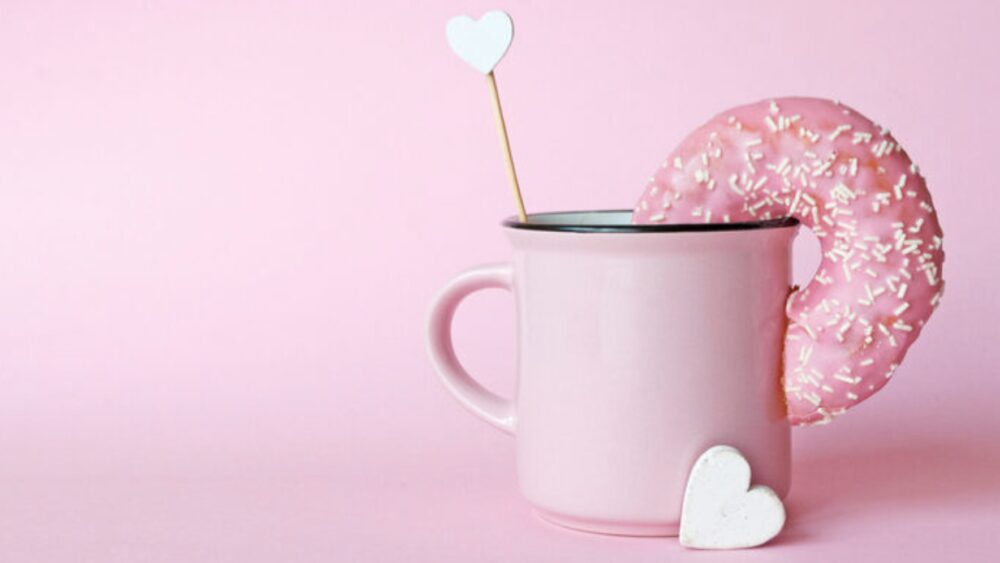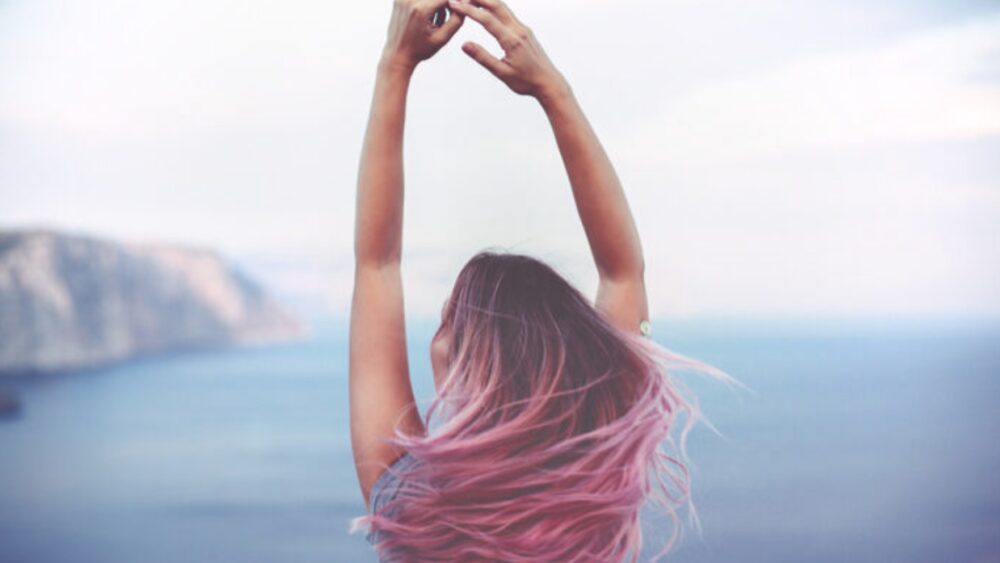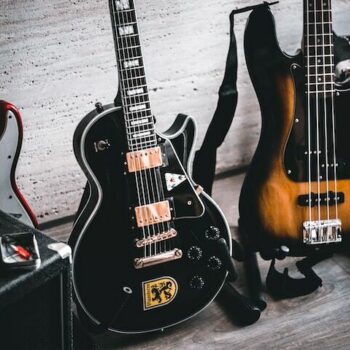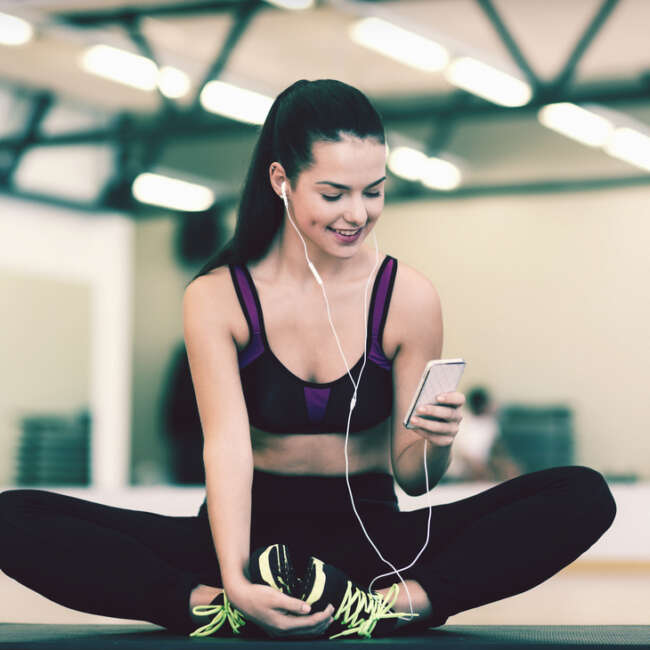It’s not the color of the year, or the color of the season; it’s the color of many seasons of life, with many meanings to many people.
It’s not rebellious so much as it is about choosing to see the world with hope through rose-colored glasses. And even though it’s childlike, it’s not childish or girly so much as it is choosing to live with a sense of wonder, serenity, and inner strength.
The Cut’s Lauren Schwartzberg described it as “cheeky, sincere, and nostalgic all at once, which is perhaps why the earnest ironist Wes Anderson bathed the entirety of The Grand Budapest Hotel in the color—filling us with a bright, wide-eyed wonder and even, for at least a moment, keeping us calm.”
In October 2016, the Wing, a members-only social club for women in New York, painted its walls a calming shade of pink based on similar logic. Chiara de Rege, who designed the Wing, said they wanted something “soft and feminine” without being too “girly girl.” And when she surveyed her team about how to convey that, they all happened to have the same color in mind.
“Everyone working on the project had these pink sofas on their Pinterest boards,” de Rege said.
Despite warnings that pink will eventually go out of style, the color remains in vogue, and it’s still selling off the shelves. It’s not the color of the year, or the color of the season; it’s the color of many seasons of life, with many meanings to many people.
Pink is a color of extremes—of old and new, ironic and iconic, bold and calm.
Schwartzberg pointed out that pink has staying power among consumers that even Pantone’s color predictions couldn’t quite account for. “Often when Pantone declares Marsala Red or Radiant Orchid to be the next color to watch, we shrug knowingly, fully expecting to see that shade on shelves but not expecting it to invade our consciousness,” she wrote. “This pink is different. Even now, just when it seemed like we had hit a peak and it was finally on the wane, there it appeared again in Fenty’s spring lookbook and on army jackets at Madewell.”
And pink’s continued popularity is a sign that consumers still have significant power in driving cultural trends. Even though Pantone picked Greenery as the color of 2017, shopkeepers like Fabiana Faria, of the boutique Coming Soon, have noticed that pink products continue to sell out faster. “We’ve upholstered things in this emerald green that we’re excited about, but it sits there for months,” Faria said. “The second I show a pink thing—anything—it leaves so quickly.”
Pink as a Versatile Beauty
Pink is a color of extremes—of old and new, ironic and iconic, bold and calm. And its versatile nature is part of what keeps consumers coming back. Actually, when I think about it, the cultural narrative for the rise of millennial pink seems somewhat similar to my initial experience with it.
At first, it comes off as too juvenile, too fun, and over the top, like something you’d see Elle Woods toting into her Harvard dorm room in Legally Blonde. You wonder if it’s you. You question whether you can pull it off. But much like Woods herself, there’s also something about pink that’s refined and serious, too, and perhaps that is the allure of it. Perhaps it reminds us of the many personalities living inside ourselves that we have the capacity to be at any given time. It reminds us we can be cute and fun and stylish and sophisticated all at once, and we don’t have to choose.
We are people with a range of emotions and ideas. We are fully human. We are equals, and yet we are all still special at the same time, and when you think about pink like that, the millennial label starts to make sense.
Pink is the color of a generation that blurs the lines of social hierarchies and gender distinctions, a generation that sees the world through the rebellious lens of hope, change, and individuality—a generation that takes something our parents stereotyped and turns it into something all inclusive.
And dare I say, it looks so pretty this way.
Photos: Shutterstock
